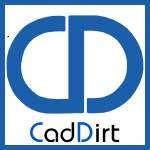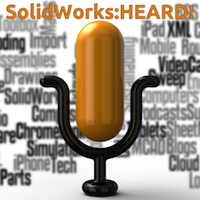SolidWorks:HEARD! - Episode 440 - Enterprise PDM Tips and Tricks
/Enterprise PDM Tips and Tricks:
This podcast covers the various approaches, common implementation settings and other tidbits I have used over the past 10+ years of consulting on SolidWorks Enterprise PDM. Topics covered:
- Best practices for implementations
- Common Data Routing Approaches
- Linking ECOs with CAD data (different workflows)
- Getting the most out of Tasks
- Optional interfaces
- Various add-ins and custom apps
Amazing to look back to 2001 when I first got my hands on Conisio, the former name of SolidWorks Enterprise PDM. Back in those days the product was a 3rd party, had the same Windows Explorer interface but the SW interface was nothing like the fully integrated experience of today. SolidWorks' acquisition of of Conisio in 2006 has brought the product to the next level however successful use of the product is still very tied to proper setup in the early stages.
The name "Enterprise" can come with some negative connotations in terms of implementation time and leaves many with the question, "How many months is this going to take to get working?". This is typically far from the case but like any tool that is highly configurable, the phased approach allows it to address the Engineering-centric issues and then be grown to bring more neighboring departments into the automation fold.
Another challenging part of implementing EPDM can be determining the scope of control since it overlaps in functionality with many other management systems (ERP/MRP/PLM) within a company. Today we will touch on some topics and details for common setup and configuration options in EPDM. ~Lou
Check out the SolidWorks:Heard! Blog and follow us on Google+, Twitter, Facebook and THE HEaRD!




